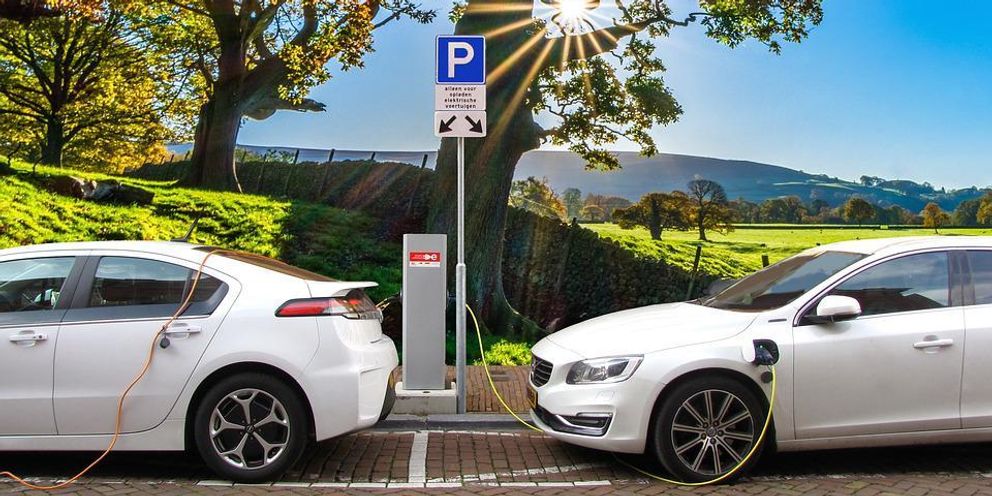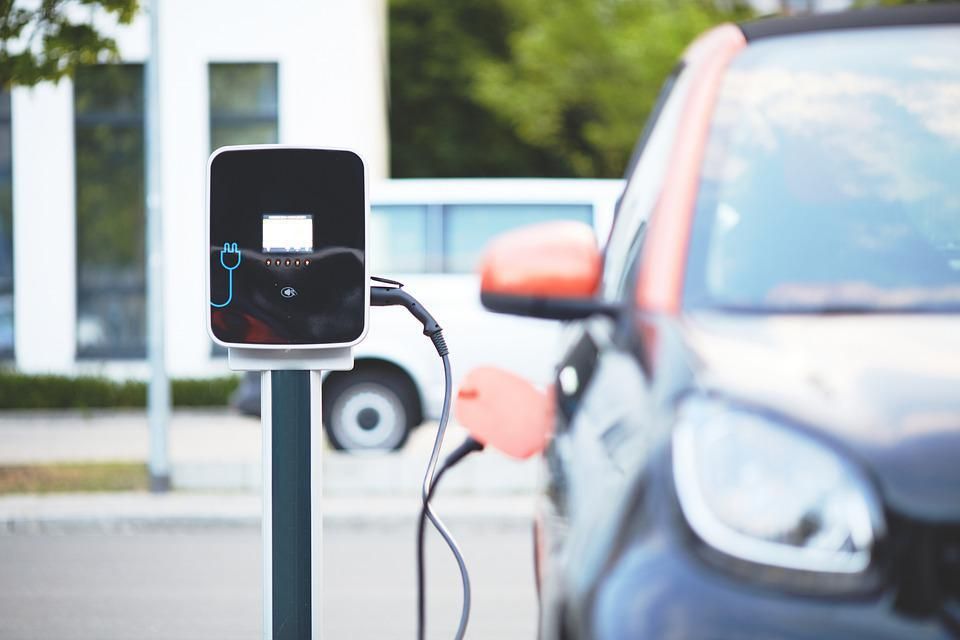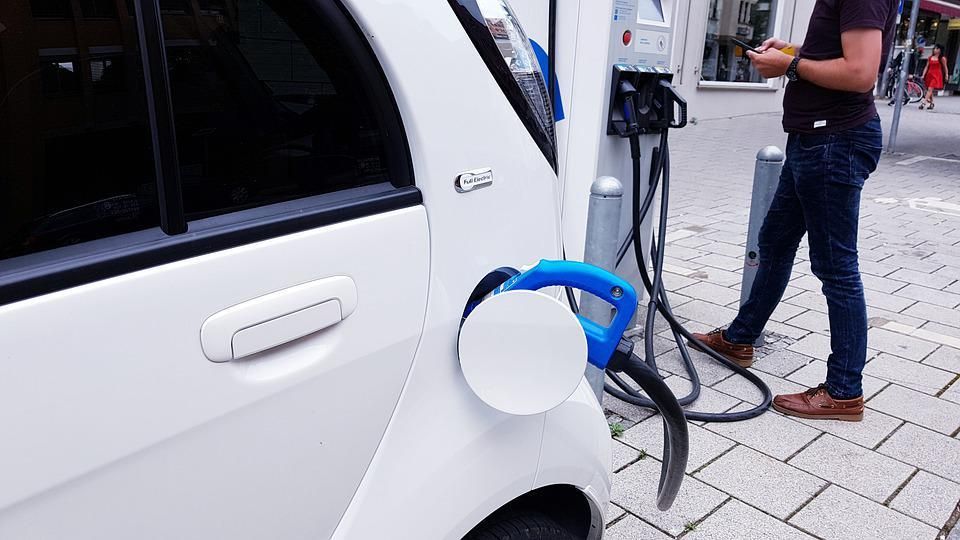
How Long Does It Take to Charge an Electric Car?
Image Credit: Joenomias / Pixabay
More and more drivers are seeing the benefit of trading in their gas-powered cars for new electric models. Environmental concerns are driving the change for some, but for others looking for a quick, fuel-efficient, and cheap to run vehicle, an electric car is an obvious choice.
The world is still a long way from going all-electric. While electric car charging stations are popping up around the country, they're still few and far between in some areas, meaning drivers must think carefully about how and when they charge their cars.
Many drivers considering the switch to electric are wondering how swapping a gas engine for a battery will impact their everyday lives. Do electric cars always have to charge for hours overnight? What about getting a quick "top-up" like gas vehicles can get at gas stations? Unfortunately, how long it takes to charge an electric car is a question without one single answer; it depends on a variety of factors.

Image Credit: andreas / Pixabay
What Determines your Electric Car Charging Time?
How long it takes to charge your electric car depends on various factors. Generally, there are two elements in charging anything electric: the battery and the power source. For an electric car, each of these elements can have several variables that will affect the charging rate and capacity. This means that some drivers will be able to get their cars to 80% charge in less than an hour, while other drivers may have to wait nearly a day to fill their cars.
The size of the car’s battery
Having a bigger battery may mean a car can go longer between charges, but it also means longer charge times. An electric car's battery capacity, measured in kWh, can range from 35kWh in the Honda e, all the way to 90kWh in the Tesla Model S P90.
The Battery Charge Level
Much like the overall size of the battery, how much battery is left to charge will determine how long the total charge will take. Many electric cars will explain their charging times by listing how long it takes to charge from completely flat to full. In the real world this can happen, but in general, drivers will "top-up" their batteries regularly, saving themselves charging time.
The two boundary lines that affect how long it takes to charge an electric car are 20% and 80%. Even the fastest battery charging will slow down when the battery is below 20% or above 80%. That's another reason why many drivers make sure not to let their cars run completely flat and avoid filling the battery all the way to 100%.
The charging rate of the vehicle
Not all electric vehicles charge in the same way. Every electric car has a top charging rate, namely how much charge the vehicle can accept at once. That rate is fixed, so it can't be upgraded away and won't be affected by any other factors. That's why it's worth investigating an electric vehicle's charging rate before buying.
The power rate of the charging station
The car isn't the only variable in this equation: you also must take into account the capacity of the charging station. This could be a private or public power source, such as a home outlet, gas station, or city plug-in point. More on those later.
The car’s onboard charger
Generally, electric cars need something to convert the alternating current (AC) power from the mains into direct current (DC) to power the vehicle. Onboard chargers determine how much AC they can convert to DC at once. This is measured in kilowatts (kW), and the typical electric car has at least a 7kW onboard charger, though some top-of-the-range vehicles can have up to 19.2 kW onboard chargers.
The car’s charging capacity
These various factors make up the charging capacity of an electric car. You can calculate the charging capacity of an electric vehicle by taking the battery size, in kWh, and dividing it by the power rating of the onboard charger, measured in kW. For example, if you have an 11.5kW charger and your electric car has a 75kWh battery, the battery should charge from zero to full in 6.25 hours.
The weather
Yes, even the weather can affect how long it takes to charge an electric car. When it's colder out, chargers can take longer to warm up, thereby stretching out charging times. This is particularly noticeable in rapid chargers (more on them later). On the other end of the scale, if the weather is really hot the car's thermal management systems will have to work harder, reducing charging efficiency.
Image Credit: stux / Pixabay

Different Power Sources for Charging Electric Cars
Much as electric cars aren't all made equally, charging sources have their strengths and weaknesses. There are three main levels of charging available to drivers now.
Level 1 AC Charging
This is the most common charging available to electric car drivers. Standard household outlets in North America, rated at 120 volts or 15 amps, count as Level 1 charging. While Level 1 charging is possible at any home in the US, it's rarely very practical. This is the lowest charging rate and, naturally, the slowest way to charge an electric car.
Charging an electric car from flat to full using Level 1 charging could take multiple days, especially for cars with larger battery sizes designed for long distances. The general rate to bear in mind is that it takes an hour to charge around 4 or 5 miles of driving range. If you drive only a few miles a day and charge overnight, you may be able to get away with Level 1 charging, but it is not appropriate for heavier usage or bigger batteries.
Level 2 AC Charging
While Level 1 is the most commonly available power rate, Level 2 is the most common rate used by regular electric car drivers. This power source is double the rate of Level 1 chargers: 240 volts or 50 amps. This is a power rate far above most homes, so many electric car drivers have special Level 2 outlets installed specially to charge their cars, along with specialized charging cables and charging stations. Level 2 charging is installed by qualified electricians or electric car experts, which makes it more expensive than Level 1 charging.
But you get what you pay for. Level 2 charging provides 20 to 30 miles of charge per charging hour, far greater than a Level 1 regular household outlet. This means a full battery charge is easily possible overnight, even for top-end electric models.
“Level 3” DC Fast Charging
If Level 2 isn't fast enough, there is another, more premium charging option available. The above power sources are perfect for at-home charging, they're not practical for charging while on the go. For years, that was one of the advantages of a gas-powered vehicle: the ability to drop into a gas station, get a quick top-up, and be on your way in a matter of minutes. DC Fast Charging, as the name suggests, uses DC current to charge the battery directly, saving time on converting power from AC to DC, and allowing for the quickest car charging time available right now.
DC Fast Charging, sometimes referred to (unofficially) as Level 3, is designed to charge an electric vehicle battery from zero to 80% in 30 to 45 minutes. That's why DC Fast Charging stations are popping up in cities and at gas stations across the country. The Tesla Supercharger is an example of a branded DC Super Charger and delivers similar results.
Charging Times on Common Electric Cars
All these factors will determine how long it takes to charge an electric car, but what do they mean in practice? Let's look at a few of the most popular electric cars on the market now to see how long they take to charge, according to the manufacturer's guidelines.
The following rates are the time it takes to charge from completely flat to completely full, using a Level 2 power source.
- Audi E-Tron: 10.5 hours
- BMW i4: 10 hours
- Chevrolet Bolt EV: 7 hours
- Mini SE: 5 hours
- Nissan Leaf: 8 hours
- Polestar 2: 8 hours
- Porsche Taycan: 9.5 hours
Tesla charging rates are based on use of a Tesla Wall Connector:
- Tesla Model 3: 8 hours
- Tesla Model S: 12 hours
Updated